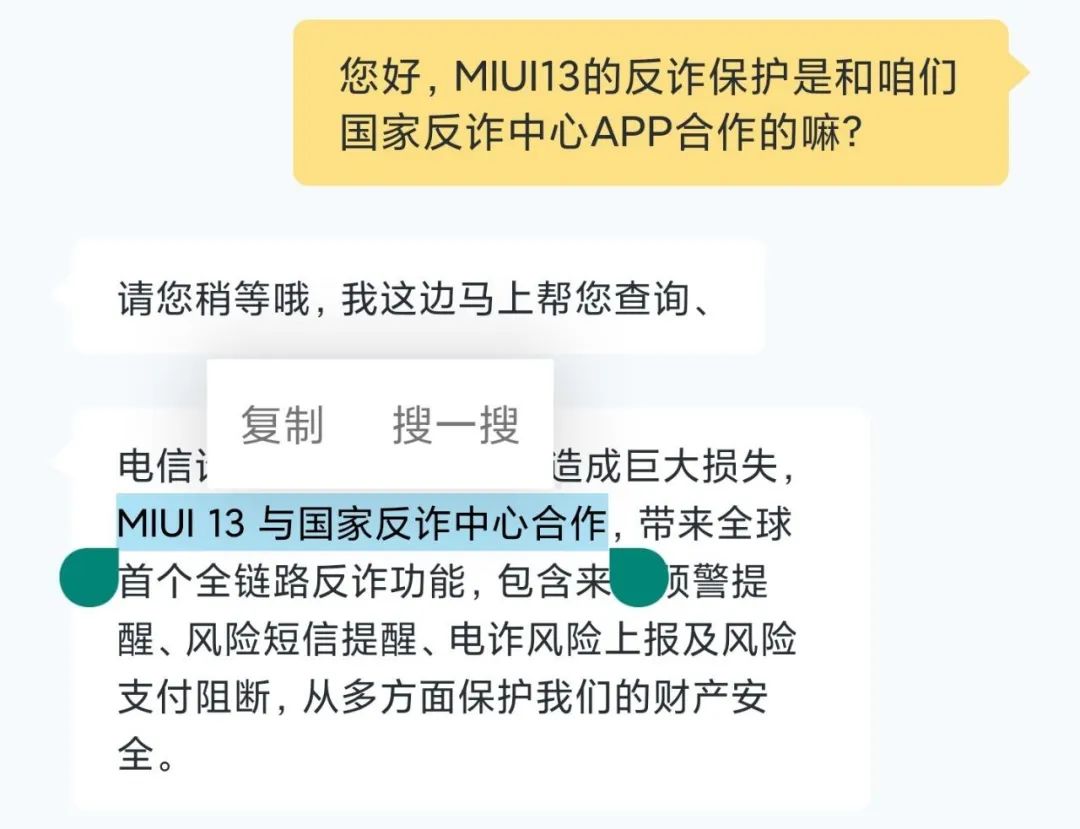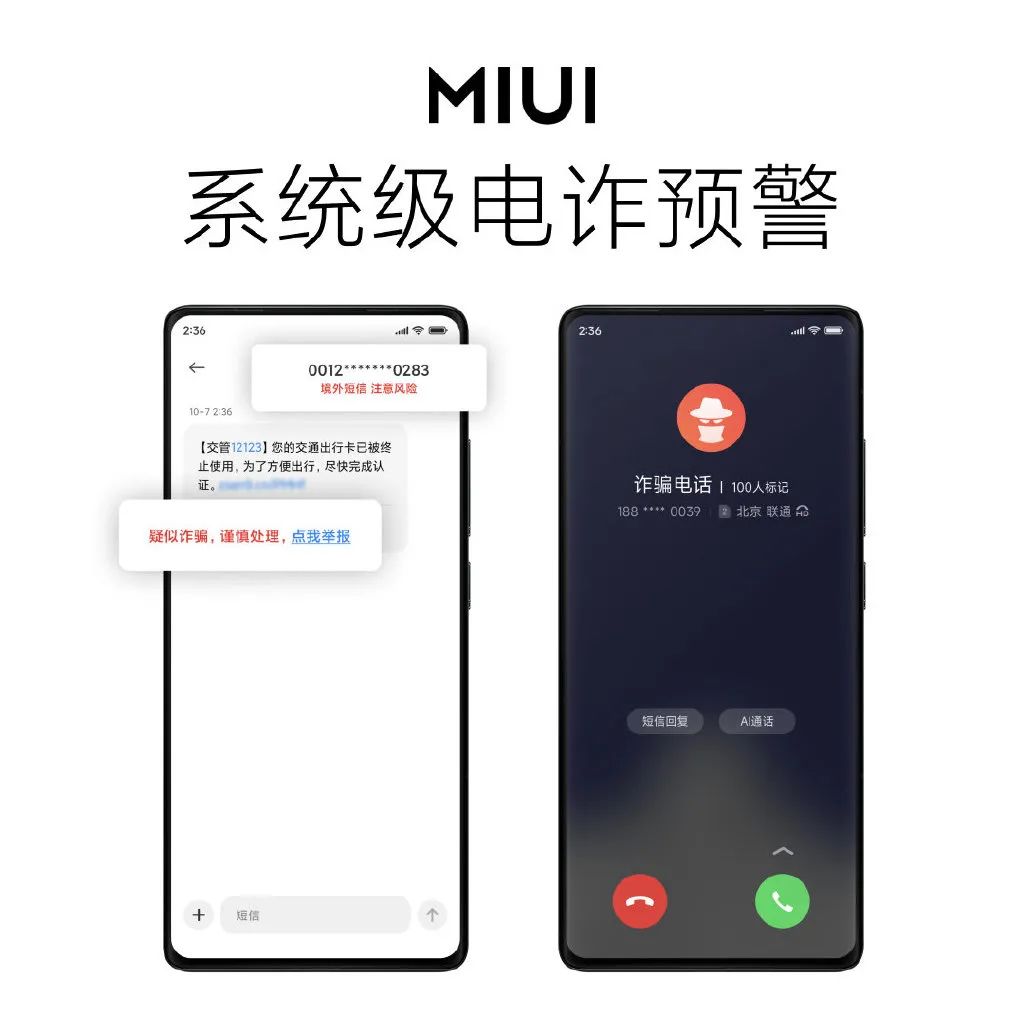UPDATE:
As of recent, Xiaomi announced an anti-fraud feature in its MIUI 13. However, one Xiaomi Exec has come to the Xiaomi China Community Forum to deny that MIUI has added any Chinese National Online Anti-Fraud Agency feature/app in its latest MIUI 13. Despite this, the South China Morning Post has reported that many Chinese Xiaomi users are unable to install certain apps after upgrading to Xiaomi’s latest MIUI 13 and users were attributing the problem to the “system-level full-link anti-telecoms fraud”, which was announced earlier, by Xiaomi’s head of MIUI, Jin Fan, during the company’s product event on December 28. Then, one Xiaomi spokesman clarified that the company’s anti-fraud feature is designed to flag spam calls, which was not supposed to flag apps as well.
Ever since the existence of wireless communication, there always has been a person behind the screen or phone trying to scam you of your info or of your money. With the prevalence of online scams these days, it is getting quite annoying to try to avoid them from getting into your life at every corner.
Well, fear not! Xiaomi has recently a new feature in its latest MIUI 13 to help solve these issues for its users. In MIUI 13, Xiaomi, in collaboration with the Chinese online anti-fraud government agency, has developed an in-country fully linked automated network with the database of info scammers and fraudsters across the country.

Xiaomi mentions this feature implementation will be system-wide on MIUI 13 supported devices. This feature will be using a blacklist from the national fraud database, and in turn, show up as a warning to MIUI 13 users, if the SMS message or phone number used is listed in the database, or seems identical (i.e. word for word) to a message listed in the blacklist.

An example of how this feature works is when you are receiving a call from a blacklisted number in the database, the number will be shown as “caller fraudster” on screen for the user to immediately discern the difference. The warning will also appear next to the contact name as a warning, to let those who were recently upgraded to MIUI 13 be aware that which one of their contacts may be a potential info scammer.
As for SMSes, the network will also help identify the fraudulent messages, which may include fake OTPs from “banks”, or “banks” warning to pay up the credit card you have(when you don’t even have one). In MIUI 13, two warnings will be given. First, if the SMS service number is a known blacklisted number in the database and second, the message content resembles the vocabulary of a fraudulent SMS.
As mentioned by the MIUI software team, this is the Chinese government’s first initiative to implement this feature in the country’s smartphones, and as the country’s leading tech giant, they want to take action for the sake of their users as well.

As of now, only MIUI 13 supported devices are the Xiaomi 12 series, however, expect Xiaomi to roll out MIUI 13 to more of its devices in the coming months.
RELATED:
- Get $50 OFF on Xiaomi 12 Pro at Giztop (Coupon)
- Xiaomi 12 series may launch globally in Feb or March, India release to follow soon after
- MIUI 13 stable update out for Mi 11, Xiaomi Pad 5 series testers in China
(Via)







